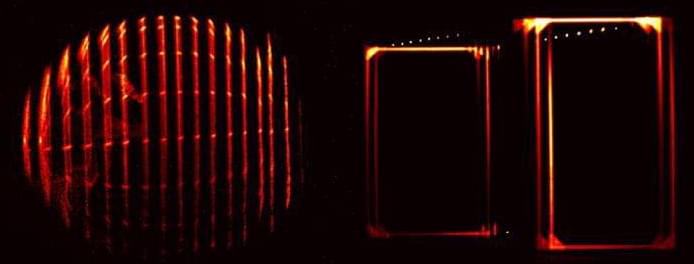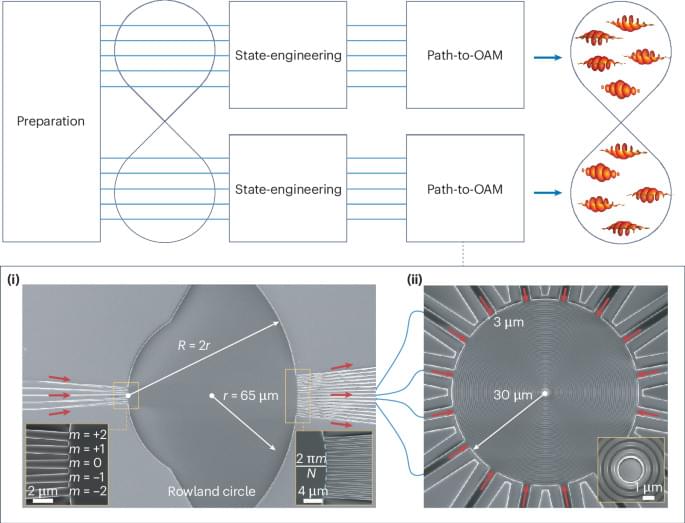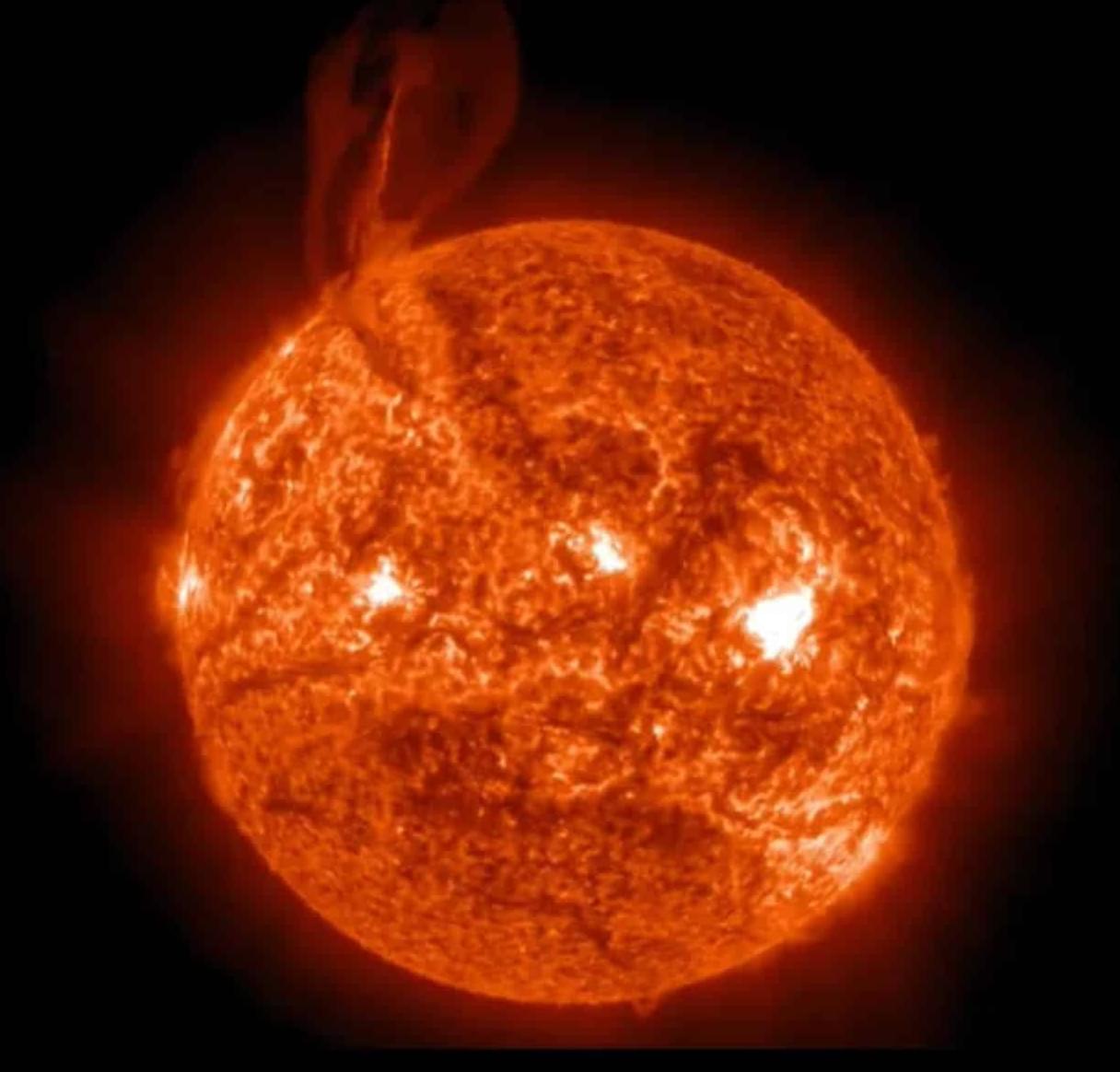For the first time, physicists have demonstrated a phenomenon known as the Terrell-Penrose effect, which causes an object moving close to the speed of light to warp before our eyes.
The new findings, a collaboration between TU Wien and the University of Vienna, once again confirm a key prediction of Einstein’s theory of relativity by making an optical illusion of relativistic motion observable for the first time.






